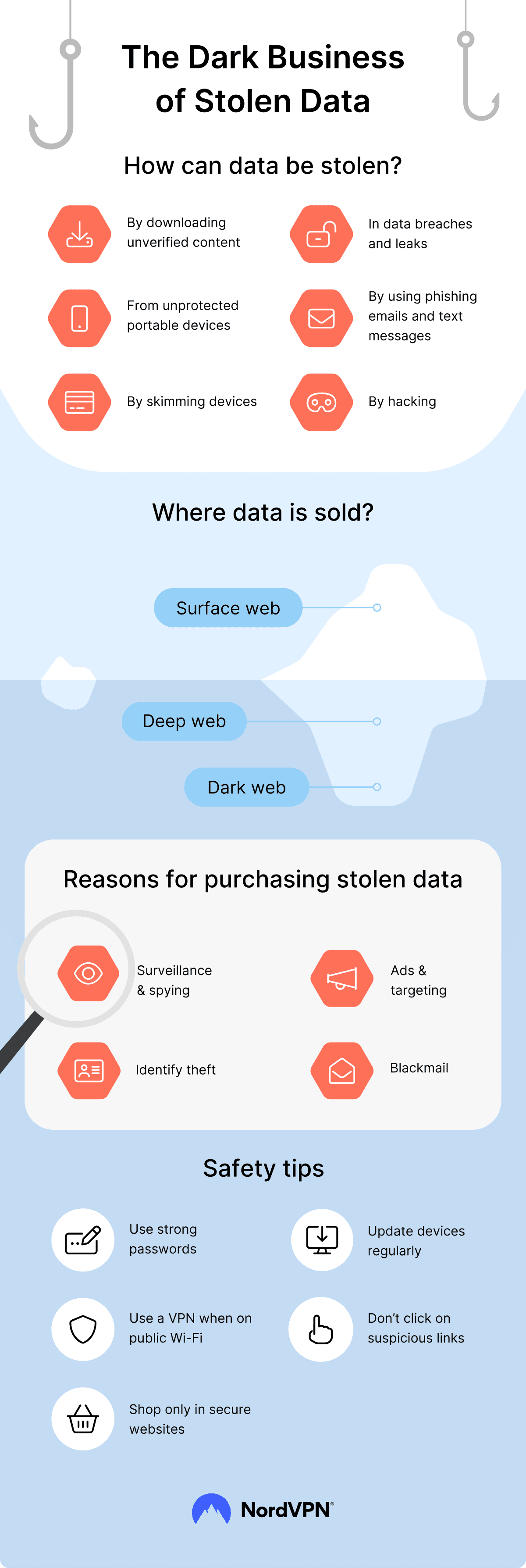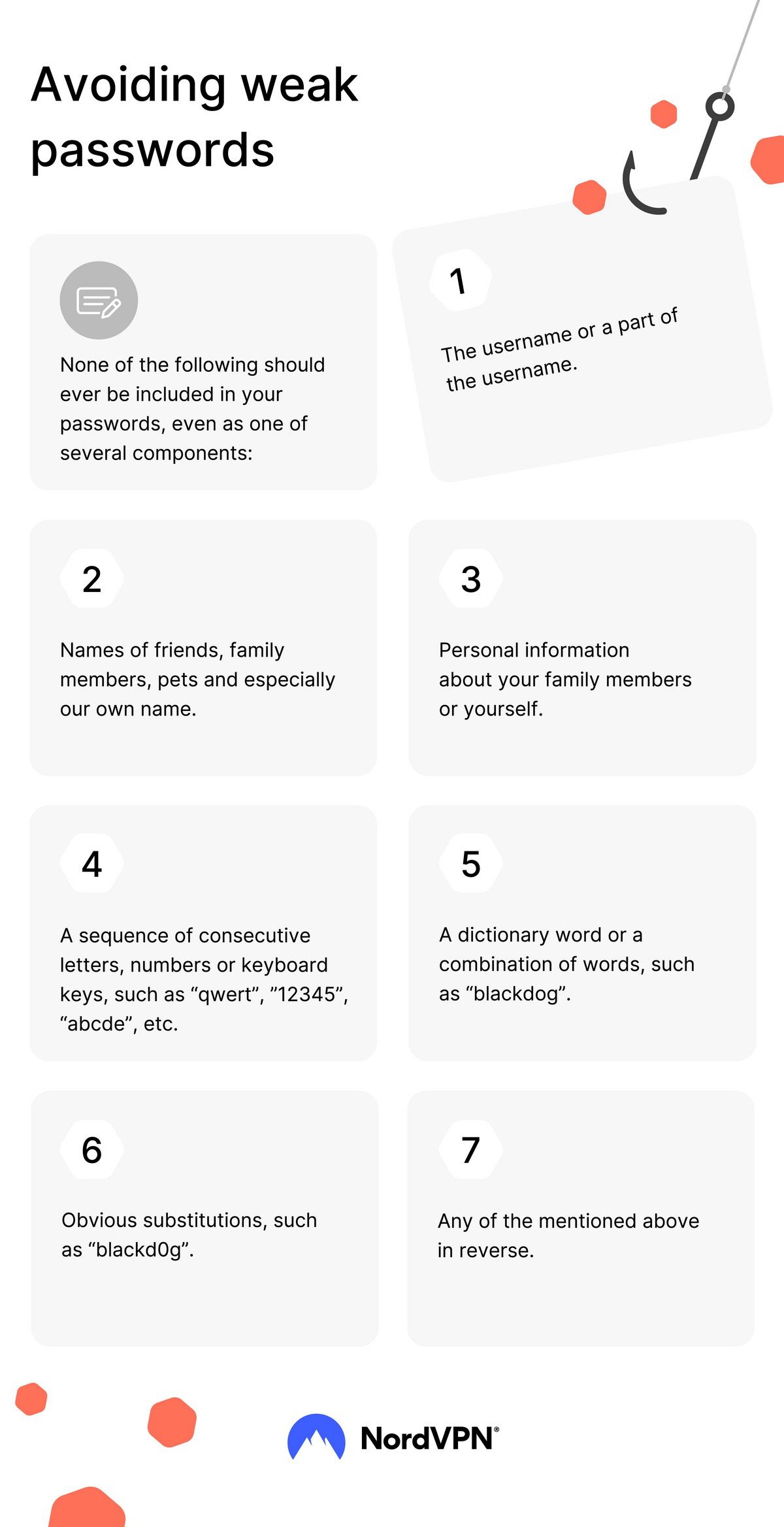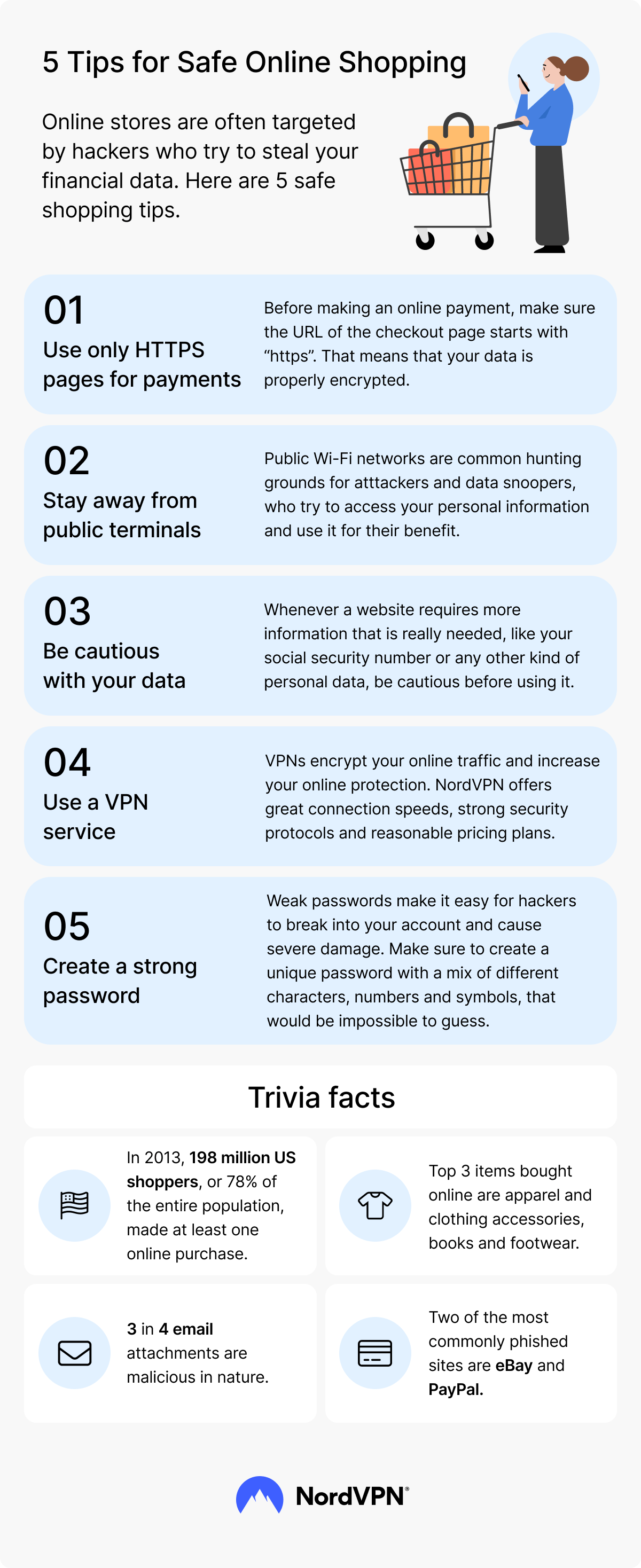Overview – Cybersecurity in AI-Based Workflows
Table of Contents
- 1 Overview – Cybersecurity in AI-Based Workflows
- 1.1 1. The Rising Cybersecurity Threat Landscape in AI Workflows
- 1.2 2. Key Challenges in Cybersecurity for AI Workflows
- 1.3 3. Best Practices for Securing AI-Based Workflows
- 1.4 4. The Role of Machine Learning in Threat Detection and Prevention
- 1.5 5. Threats to Specific Sectors and AI-Driven Solutions
- 1.6 6. Ethical and Regulatory Considerations in AI Cybersecurity
- 1.7 7. AI-Driven Tools and Technologies in Cybersecurity
- 1.8 8. Building a Cybersecurity Strategy for AI Workflows
- 2 ❓ FAQs – Cybersecurity in AI-Based Workflows
- 3 Conclusion: The Importance of Cybersecurity in AI-Based Workflows
- 4 Cybersecurity in AI-Based Workflows – 7 Security Tips
- 5 Resources for Cybersecurity in AI-Based Workflows
With AI increasingly integral to workflows across industries, cybersecurity in 2024 must keep pace with new vulnerabilities unique to AI.
As organizations use AI to automate processes and enhance productivity, they face a new era of cyber threats, from automated malware and AI-driven phishing to malicious exploitation of vulnerabilities in machine learning (ML) models.
This article explores the threats, challenges, and best practices for securing AI-based workflows.
1. The Rising Cybersecurity Threat Landscape in AI Workflows
AI has redefined how businesses manage processes, providing powerful tools for more efficient and dynamic operations.
However, the rapid adoption of AI introduces novel security concerns. Some of the key threat vectors in 2024 include:
- AI-Driven Attacks: Attackers increasingly use AI for advanced phishing, social engineering, and brute-force attacks. With automated tools, they can craft convincing spear-phishing messages on a large scale, making them harder to detect and defend against.
- Exploitation of Machine Learning Models: ML models, especially those integrated into decision-making processes, are vulnerable to adversarial attacks, where inputs are subtly altered to cause the model to make incorrect predictions. Such attacks can exploit financial models, recommendation systems, or authentication mechanisms, causing potentially disastrous outcomes.
- Malware Generation with AI: AI can create sophisticated malware or obscure malicious code, making detection more difficult. Hackers can employ generative models to create malware that bypasses traditional detection methods.
2. Key Challenges in Cybersecurity for AI Workflows
While AI enhances productivity, it also introduces complex cybersecurity challenges. Some of these challenges include:
- Data Privacy and Compliance: AI models require vast amounts of data, often including sensitive personal or proprietary information. A data breach in an AI system is highly damaging, as it could expose this information to cybercriminals or lead to regulatory penalties.
- Ethics and Bias: Bias in AI can inadvertently skew security protocols, potentially affecting vulnerable groups more than others. Developing fair AI models is essential to maintaining security and ethical standards.
- Resource-Intensive Implementation: Implementing robust security measures around AI-based workflows is resource-intensive, requiring advanced infrastructure and expertise, which can be challenging for small and medium-sized businesses.
3. Best Practices for Securing AI-Based Workflows
To mitigate the unique threats AI workflows face, several best practices are essential for organizations to integrate into their cybersecurity strategies:
- Adopt a Zero-Trust Architecture: Zero-trust security models are essential for verifying each request for data access and limiting potential exposure to unauthorized access.
- Behavioral Analytics for Threat Detection: Monitoring user activity using behavioral analytics can help detect abnormal patterns indicative of breaches or insider threats. Behavioral analytics, powered by AI, can alert security teams to irregularities such as unusual access times or deviations in workflow behavior.
- Securing Data in AI Models: Protecting the data used in AI models is crucial, particularly as these models often require sensitive information for accurate predictions. Encrypting data and establishing strict access controls are essential steps for reducing risks.
- Continuous Monitoring and Real-Time Threat Intelligence: Employing real-time threat intelligence and integrating AI-driven monitoring tools can detect vulnerabilities as they arise. This is especially crucial in complex AI systems that can change rapidly with new data.
4. The Role of Machine Learning in Threat Detection and Prevention
AI’s capabilities make it a double-edged sword in cybersecurity. While it introduces vulnerabilities, it also provides powerful tools to detect and prevent cyber threats. Machine learning (ML) is instrumental in several cybersecurity functions:
- Automated Malware Detection and Analysis: AI-powered systems can detect anomalies that indicate malware, even before traditional antivirus systems fully understand the malware. ML algorithms learn from existing threat data, continuously improving to detect new types of malware.
- Enhanced User Behavior Analytics (UBA): UBA tools use AI to analyze patterns and identify behavior that deviates from the norm, offering insights into potential internal threats or compromised accounts.
5. Threats to Specific Sectors and AI-Driven Solutions
Cybersecurity risks are particularly pronounced in sectors that handle sensitive data, such as healthcare, finance, and critical infrastructure. The unique needs of each sector dictate the specific cybersecurity measures needed:
- Healthcare: AI workflows streamline patient care and operational efficiency in healthcare but introduce vulnerabilities to sensitive patient data. AI can assist in monitoring unauthorized data access flagging attempts to breach protected health information (PHI).
- Finance: Financial institutions use AI for fraud detection, investment management, and customer service automation. AI’s role in detecting unusual spending patterns and unauthorized account access has been invaluable in identifying fraud early.
- Critical Infrastructure: AI-driven systems manage utilities, transportation, and communications infrastructure, which makes them targets for cyber attacks that could disrupt essential services. AI can help detect intrusions early, but these systems must be resilient to avoid cascading failures.
6. Ethical and Regulatory Considerations in AI Cybersecurity
The ethical use of AI in cybersecurity involves transparency, fairness, and accountability. Bias in AI models can lead to security outcomes that disproportionately affect certain user groups. Ethical AI development means addressing these biases to prevent discriminatory impacts and fostering trust in AI-driven systems.
From a regulatory perspective, organizations must comply with data protection laws like GDPR and CCPA. Ensuring privacy in AI workflows involves establishing accountability measures, regular audits, and adhering to strict data governance frameworks.
7. AI-Driven Tools and Technologies in Cybersecurity
Emerging AI tools are key to many cybersecurity strategies, offering advanced capabilities for real-time threat detection, anomaly analysis, and security automation. Some notable AI-driven cybersecurity technologies include:
- Deep Learning Models for Anomaly Detection: These models can analyze large datasets to detect deviations in behavior that indicate potential threats. They are particularly useful in identifying insider threats or sophisticated phishing campaigns.
- Automated Incident Response Systems: AI can now automate parts of the response to cyber incidents, ensuring a faster reaction time and reducing the likelihood of severe damage. For instance, AI can quarantine infected systems, block access to compromised areas, and alert security teams immediately.
- Predictive Analytics for Risk Assessment: AI-powered predictive models assess risk levels, forecasting the likelihood of certain types of attacks. This information allows organizations to prioritize resources and allocate defenses to high-risk areas.
8. Building a Cybersecurity Strategy for AI Workflows
A robust cybersecurity strategy for AI workflows must be multifaceted, incorporating technical measures and organizational policies. Key elements of an AI-driven cybersecurity strategy include:
- Developing Secure AI Models: Ensuring security during the development phase of AI models is crucial. Techniques like adversarial training—where AI models are exposed to simulated attacks—prepare them to handle real-world threats.
- Implementing Data Governance Policies: Effective data governance policies ensure that only authorized users can access sensitive information. Access controls, encryption, and data lifecycle management are all critical aspects of secure AI workflows.
- Employee Training on AI Security: Employees should understand the specific cybersecurity challenges of AI-driven systems. Regular training on recognizing phishing attempts, managing data securely, and responding to incidents can significantly reduce risks.
❓ FAQs – Cybersecurity in AI-Based Workflows
How does AI improve cybersecurity?
AI enhances proactive threat detection, analyzes data patterns to prevent breaches, and automates incident response, increasing response speed and accuracy.
What are the main threats to AI-based workflows?
Key threats include data privacy breaches, AI-driven phishing, zero-day attacks, and ethical issues like bias in AI security algorithms.
What is zero-trust, and why is it essential for AI workflows?
Zero-trust requires all entities to verify identity before accessing resources, ensuring even AI systems can’t bypass authentication.
How do adversarial attacks work against machine learning models?
They subtly modify inputs to deceive AI models, causing incorrect predictions without being detected by humans.
Can AI-generated malware bypass traditional antivirus software?
Yes. AI can craft polymorphic or obfuscated malware that evades traditional detection mechanisms.
What role does behavioral analytics play in cybersecurity?
It monitors user behavior to detect anomalies that may indicate breaches or insider threats.
How can companies protect sensitive data used in AI models?
By encrypting data, limiting access, and applying strong data governance and lifecycle management practices.
Why is ethics important in AI cybersecurity?
Ethical AI ensures fairness, transparency, and avoids discriminatory outcomes, fostering trust in cybersecurity systems.
What sectors are most at risk in AI-enhanced cyber attacks?
Due to sensitive data and vital operational systems, healthcare, finance, and critical infrastructure are high-risk.
How can AI help in automated incident response?
AI can detect incidents in real-time, isolate affected systems, block compromised access, and notify teams immediately.
Conclusion: The Importance of Cybersecurity in AI-Based Workflows
In 2024, cybersecurity is not just an IT issue—it’s a fundamental part of all digital systems, especially those that rely on AI-based workflows. AI has transformed how we work, allowing businesses to streamline operations and automate complex tasks, yet it also opens new vulnerabilities that cybercriminals can exploit.
With threats like AI-driven malware, social engineering attacks, and data privacy risks, cybersecurity measures must be more robust than ever. Effective cybersecurity in AI-based workflows requires both proactive and layered approaches.
This includes adopting a zero-trust framework, implementing AI-driven threat detection, and continuously monitoring user behavior to identify suspicious patterns early on. Training teams to understand the evolving threat landscape and staying updated with security best practices is equally essential.
By combining these strategies, organizations can leverage AI’s benefits without compromising on data privacy, ethical standards, or system integrity. In a landscape of increasingly sophisticated attacks, strong cybersecurity safeguards are the foundation for a secure, resilient AI-enhanced future.
As AI-driven workflows become ubiquitous, securing these systems is essential to protecting data integrity, maintaining trust, and avoiding costly breaches.
Integrating zero-trust architectures, continuous monitoring, behavioral analytics, and automated incident response mechanisms builds a defense-in-depth strategy that can adapt to the dynamic threat landscape.
By proactively identifying and mitigating AI-related vulnerabilities, organizations can benefit from AI’s potential while minimizing associated risks. Comprehensive cybersecurity measures and strong ethical and governance frameworks ensure that AI-based workflows remain secure and reliable in the evolving digital landscape.
In any case, to answer our question as to whether Cybersecurity in AI-based Workflows was deep-dived in 2024, the answer is no. However, if we do not heed the warning signs I have listed in this article, we could see never-ending hacker attacks causing massive damage to our society.
Cybersecurity in AI-Based Workflows – 7 Security Tips
1. Avoid the Dark Business of Stolen Data
2. Avoid the Weak Passwords
3-7. 5 Tips for Safe Online Shopping
These cybersecurity tips are based on NordVPN’s services (Threat Protection ➚) website.
If you follow these tips consistently, even a seemingly unstoppable downward spiral can be halted.
📚 Related Posts You May Be Interested In
- VPNs in AI Workflows: Secure and Resilient Operations ⬈
- Ethics of AI in Surveillance and Privacy: 7 Key Concerns Explored ⬈
- ChatGPT vs. 11 Powerful AI Tools: Unlock Their Unique Features in 2024 ⬈
This article is part of the AI Tools Comparison Series ⬈, where you’ll find in-depth comparisons, ethical insights, and workflow integrations across emerging technologies.
Thanks for reading.
Resources for Cybersecurity in AI-Based Workflows
- Cybersecurity information technology list – Wikipedia ⬈
- https://www.esecurityplanet.com/trends/ai-and-cybersecurity-innovations-and-challenges/ ⬈
ℹ️ Note: Due to the ongoing development of applications and websites, the actual appearance of the websites shown may differ from the images displayed here.
The cover image was created using Leonardo AI ⬈.




